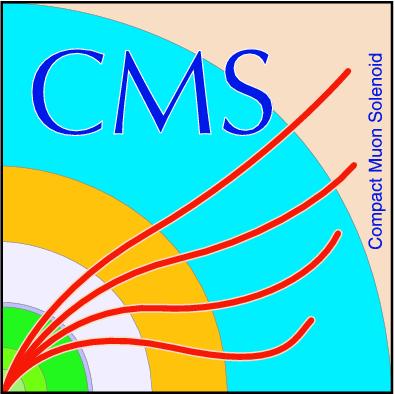

Compact Muon Solenoid
LHC, CERN
| CMS-PAS-TAU-24-001 | ||
| Identification of tau leptons using a convolutional neural network with domain adaptation in the CMS experiment | ||
| CMS Collaboration | ||
| 3 May 2025 | ||
| Abstract: The DeepTau identification algorithm, based on deep neural network techniques, has been developed to reduce the fraction of jets, muons, and electrons misidentified as hadronically decaying tau leptons ($ \tau_\mathrm{h} $) in the CMS experiment. The latest version of this algorithm includes domain adaptation by backpropagation, a technique that reduces data-to-simulation discrepancies in the region with the highest purity of genuine $ \tau_\mathrm{h} $ candidates. Additionally, a refined training workflow improves classification performance, with a reduction of 30-50% in the probability for jets to be misidentified as a $ \tau_\mathrm{h} $ for a given reconstruction and identification efficiency. This note presents the main novelties introduced to the DeepTau algorithm and evaluates its performance in LHC proton-proton collision data at $ \sqrt{s}= $ 13 and 13.6 TeV collected in 2018 and 2022, respectively, with integrated luminosities of 60 and 35 fb$ ^{-1} $. The techniques to determine data-to-simulation scale factors are presented with a subset of results among the ones deployed centrally for CMS physics analyses. This document has been revised with respect to the version dated May 2, 2025. | ||
|
Links:
CDS record (PDF) ;
CADI line (restricted) ;
These preliminary results are superseded in this paper, Submitted to JINST. The superseded preliminary plots can be found here. |
||

|
Compact Muon Solenoid LHC, CERN |
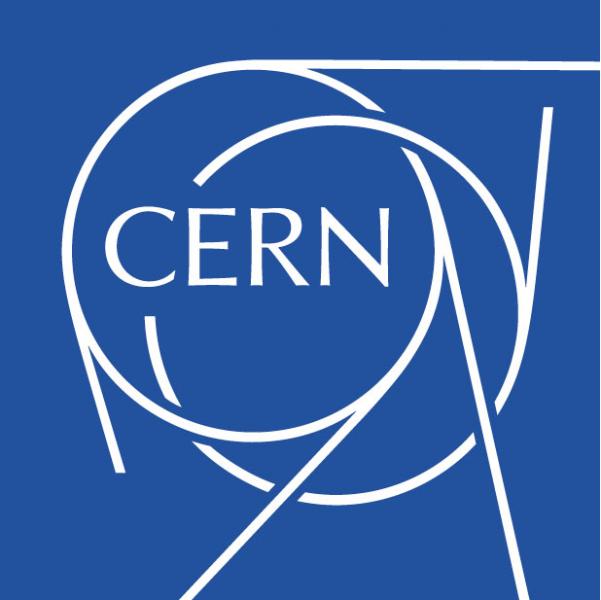
|
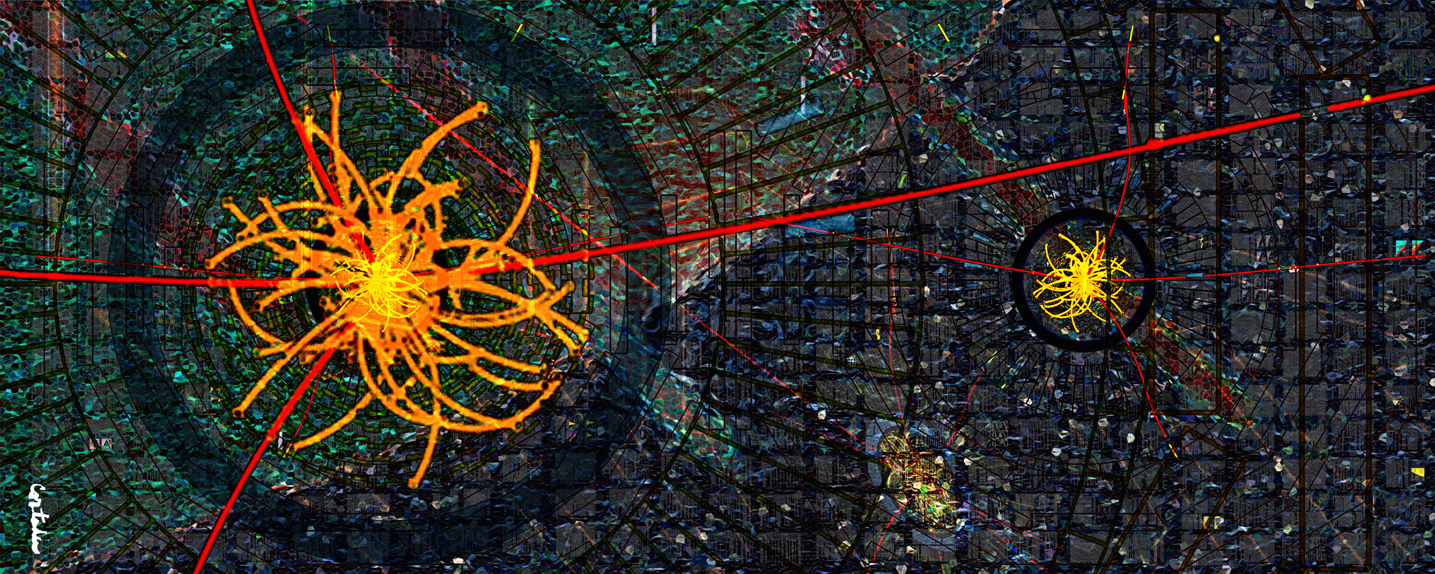
|
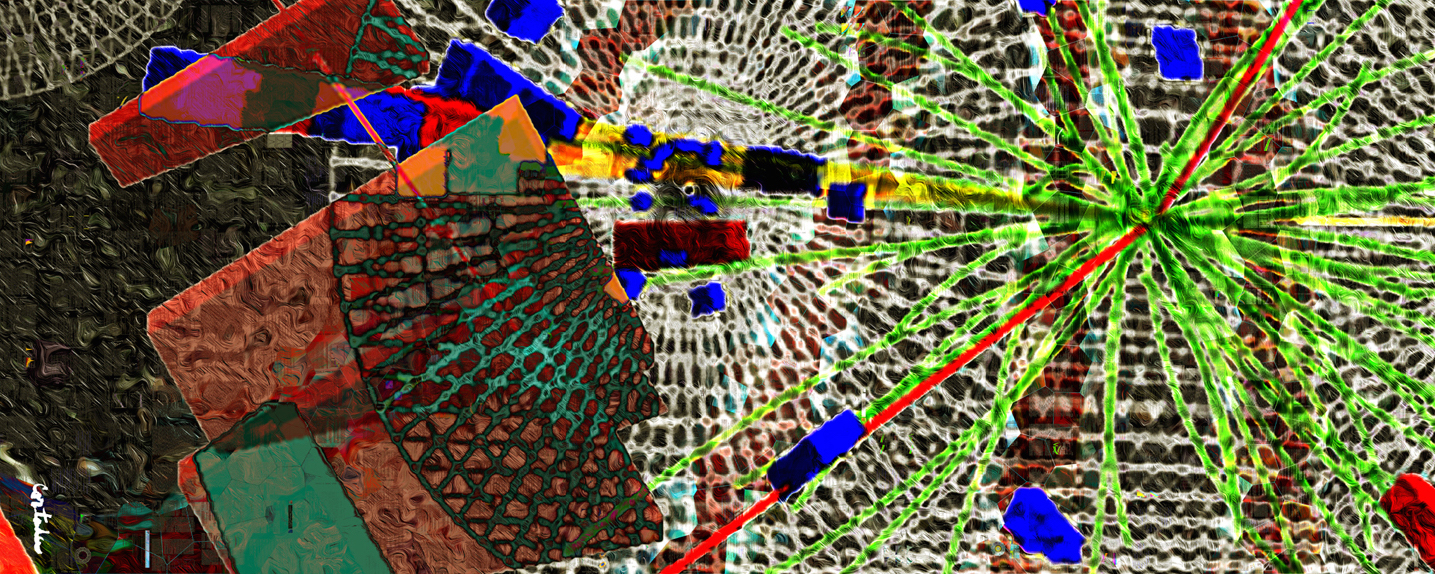
|

|
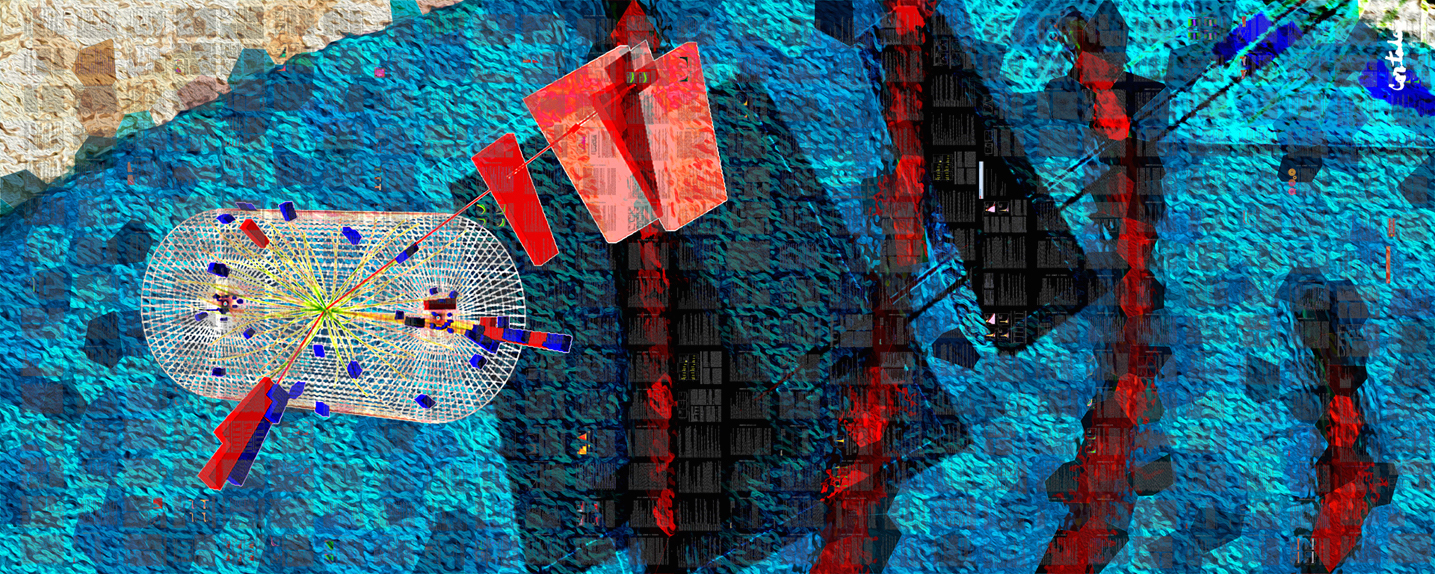
|
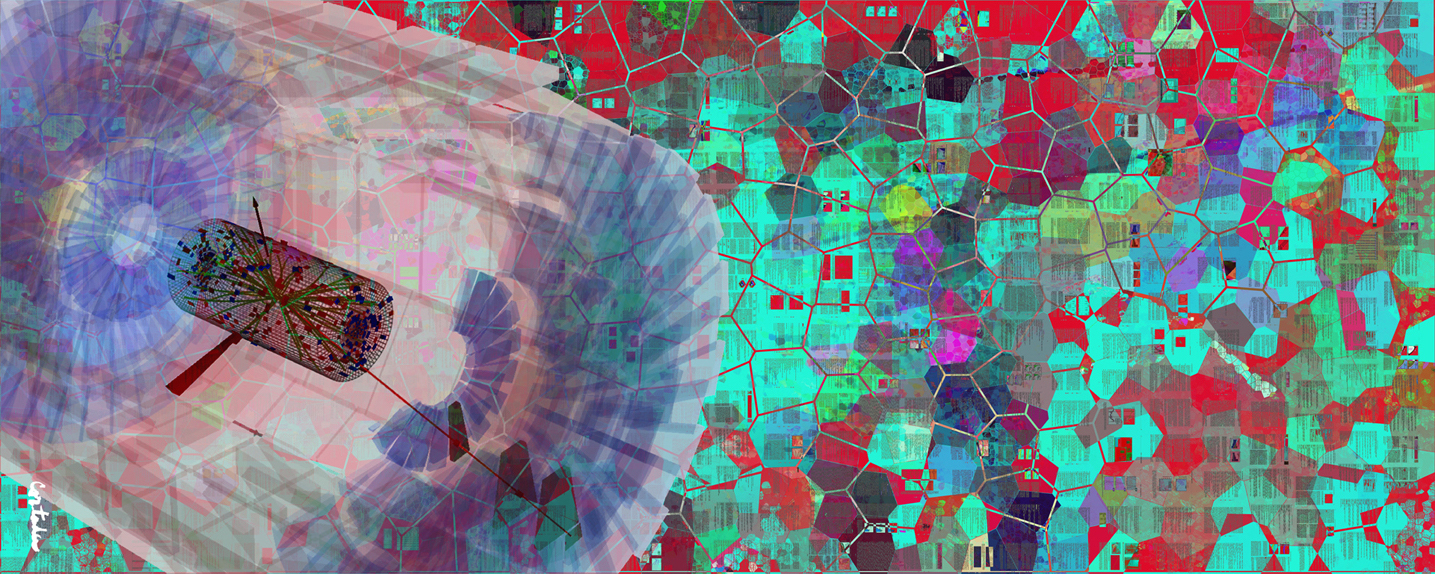
|